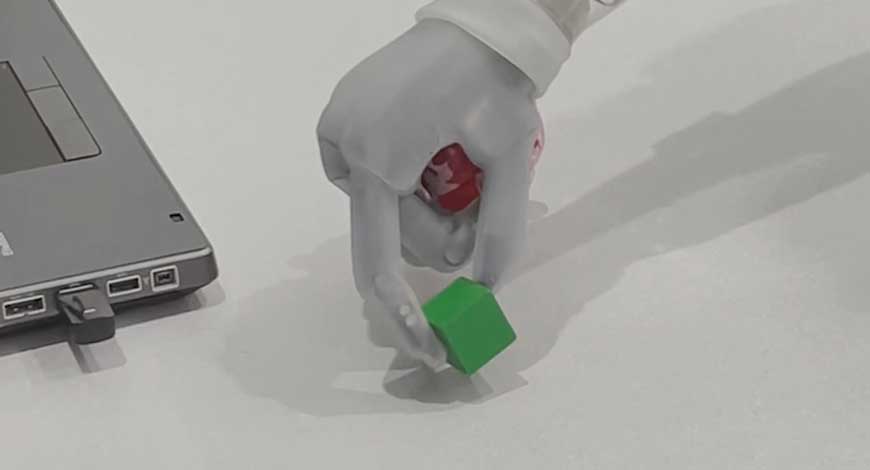Company News
Blue Arbor Technologies receives FDA nod for RESTORE™ NIS

Blue Arbor Technologies Inc. announced that the U.S. Food and Drug Administration (FDA) has granted Breakthrough Device Designation to the RESTORE™ Neuromuscular Interface System for people with upper limb loss. The system has also been accepted into the FDA’s Total Product Life Cycle (TPLC) Advisory Program (TAP) Pilot. The RESTORE System is designed to seamlessly integrate the peripheral nervous system with commercially available robotic prosthetics to restore naturalistic hand and arm function in patients with upper limb loss. The platform may enable patients to move their upper limb prosthetic devices with unprecedented dexterity, speed, and reliability.
“For decades, researchers and physicians have been trying to solve the problem of limited connectivity between patients and their protheses, so that they can function intuitively just like human limbs,” said Aviram Giladi, M.D., research director at The Curtis National Hand Center in Baltimore, MD., and a pioneer in limb reconstruction. “Early studies show the RESTORE Neuromuscular Interface System has the potential to be transformative for people with prosthetic upper limbs, providing hope for more controlled, seamless, and natural functioning. It could be like they’re getting a hand back.”
Unlike current interface technologies that are dependent on surface skin electrodes, the RESTORE System is designed to provide a direct connection to the patient’s residual muscles and peripheral nerves to deliver reliable, voluntary movement control signals. This direct connection provides unparalleled control of currently available advanced robotic prostheses. In addition, the RESTORE System is designed to allow for simultaneous and independent movement of finger, wrist, and elbow joints. This level of capability far exceeds what is possible with surface skin electrodes. Furthermore, the RESTORE System has been shown to consistently capture motor signals for over five years in early feasibility human trials.
Approximately one in 200 Americans is living with limb loss2 and it is projected that this number could double by 2050.3 Upper limb loss affects an estimated 595,000 people in the United States, with another 65,000 additional people sustaining limb loss each year.4 A 2022 study found that despite recent advancements in technology, more than 44% of people with upper limb loss abandoned their prostheses, citing problems with discomfort, heaviness, and functionality.5
“Blue Arbor Technologies is dedicated to developing solutions that address the unmet need for improved robotic prosthetic control options for people with limb loss so they can more easily integrate a prothesis in their daily lives and return to normality,” said Paul Cederna, M.D., president of Blue Arbor Technologies. “The Breakthrough Designation and TAP enrollment is a valuable step in the pathway to FDA market clearance. We look forward to working closely with the agency to make the RESTORE System available to people with upper limb loss to hopefully increase prosthesis adoption and use.”
The FDA Breakthrough Devices Program expedites the development, assessment, and review process for medical devices that provide more effective treatment options for patients with life-threatening or irreversibly debilitating diseases or conditions. It is designed to ensure that patients and healthcare providers have more timely access to these novel, new medical devices. The TAP Pilot is intended to help streamline collaboration between the FDA and medical device sponsors to accelerate the development and path to commercialization of innovative devices in the breakthrough program.
MB Bureau














